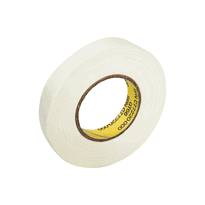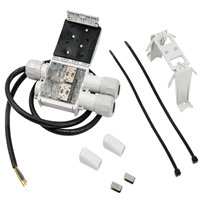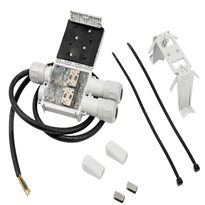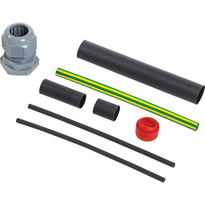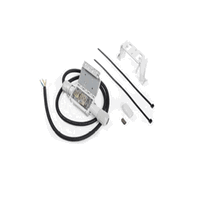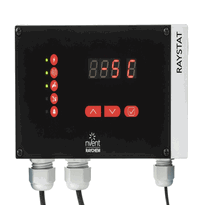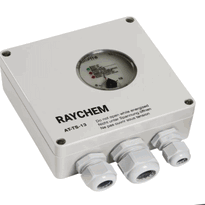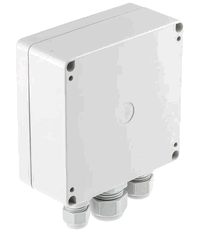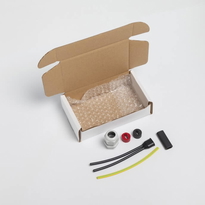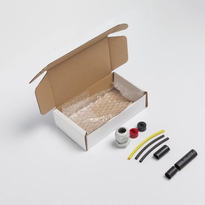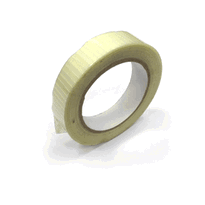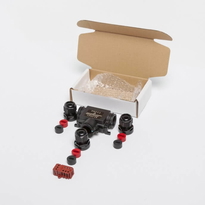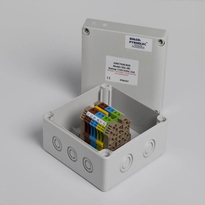Outdoor Pipe Heating Cable
Outdoor pipe heating cables should be selected based on their type, insulation durability, and environmental resistance. Self-regulating cables automatically adjust their heat output, helping to reduce energy consumption and minimize the risk of overheating. Fixed resistance cables offer consistent heat levels but require careful planning and placement during installation.
When choosing twin conductor cables, opt for options with fluoropolymer or XLPE insulation, which provide excellent resistance to UV rays, moisture, and chemicals. For enhanced flexibility and weather resistance, consider cables with TPU outer coatings. Proper installation and regular maintenance are essential to ensure longevity and optimal performance of the heating system.
Ensuring the right specifications and careful application will maximize efficiency and reliability for outdoor pipe heating needs.
Selecting the Appropriate Outdoor Pipe Heating Cable
Choosing the right outdoor pipe heating cable involves careful consideration of several factors to ensure effective and safe operation throughout the year. Understanding the varieties of cables available, environmental conditions, pipe materials, and specific application requirements is essential for making an informed choice. Proper selection enhances safety and efficiency by reducing the risk of pipe freezing and damage. It is also important to consider the cable’s compliance with safety standards and suitability for outdoor environments to ensure long-term performance.
Types of Heating Cables
Self-regulating cables are highly suitable for applications where temperature varies along the pipe, as they automatically adjust their heat output to prevent overheating. This adaptability not only enhances safety but also reduces energy consumption, making them an efficient option for outdoor use.
Fixed resistance cables, on the other hand, provide a consistent amount of heat, typically ranging from 7 to 15 watts per meter. These cables require precise planning and installation to prevent hotspots or insufficient thawing, especially in areas with fluctuating outdoor temperatures.
Durability and Environmental Resistance
For outdoor applications exposed to extreme weather conditions, twin conductor cables with fluoropolymer or cross-linked polyethylene (XLPE) insulation are recommended. These materials offer excellent resistance to ultraviolet (UV) radiation, moisture, and soil chemicals, ensuring longevity and reliable performance even in challenging environments.
Additional Protective Features
Cables with thermoplastic polyurethane (TPU) outer insulation provide increased flexibility, making installation easier around bends and fittings. Furthermore, TPU and similar coatings enhance resistance to weather-related wear and tear, ensuring the cable remains effective over time.
Making the Right Choice
Proper selection of an outdoor pipe heating cable is critical for reliable freeze protection, safety compliance, and compatibility with different pipe materials and environmental conditions. Considering the insulation materials used in the cable can further improve durability and performance in harsh outdoor conditions.
Installation Tips for Outdoor Pipe Heating Systems
Proper surface preparation is essential to ensure the effective operation and longevity of outdoor pipe heating systems.
First, the pipe surface must be thoroughly cleaned to remove dirt, grease, and moisture, which could impair cable adhesion and heat transfer. Cleaning the surface ensures optimal contact and prevents insulation issues.
Inspect the pipe carefully for sharp edges or burrs that may damage the cable’s insulation during installation; these should be smoothed or removed.
After cleaning, dry the pipe completely to prevent moisture from compromising the adhesive tape or cable ties used for securing the cable. If the pipes are insulated, remove or open existing insulation at installation points to enable direct contact between the cable and pipe surface.
Proper planning of cable layout, considering pipe routing and avoiding areas with heavy physical stress, is also critical for ensuring durable and efficient heating.
Maintaining and Troubleshooting Outdoor Heating Cables
Regular maintenance and systematic troubleshooting are essential to ensure the safe and efficient operation of outdoor pipe heating cables. Routine visual inspections play a crucial role in identifying any cuts, cracks, or deterioration in the cable and its insulation, which could compromise performance or pose safety hazards. Protecting pipes from freezing during winter is vital, as frozen pipes can burst and cause costly water damage. External factors such as animal chewing or debris can cause mechanical damage. Any identified damage should be addressed immediately by replacing the affected sections to maintain system integrity. Electrical testing, including insulation resistance measurements, helps verify the overall system’s health—particularly before the colder months when the system is most in demand. Continuous checks of protection devices, such as circuit breakers and thermostats, are vital for ensuring safety and system reliability. Proper cable routing is equally important; avoiding tight spirals, sharp bends, and proximity to potential mechanical damage sources promotes even heat distribution and prolongs the lifespan of the system. During warmer periods, it's advisable to disconnect the system to prevent unnecessary wear and tear. Maintaining detailed records of inspections, repairs, and system performance provides valuable insights, enabling ongoing system optimisation. Regular testing of the system’s controls and connections enhances safety and helps detect potential problems early. Such practices contribute to extending the operational life of the heating cable system and reducing the risk of failures. Implementing appropriate insulation adhesives during repair or installation can ensure long-term bond strength and system protection.
Conclusion
Selecting the appropriate outdoor pipe heating cable requires careful consideration of the pipe material, environmental conditions, and power requirements to ensure effective insulation and energy efficiency. Proper installation involves securing the cables firmly, following the manufacturer’s instructions, and using suitable enclosures to prevent damage. Regular maintenance, including inspection for signs of wear and prompt troubleshooting of electrical issues, is essential to guarantee reliable operation. By adhering to these guidelines, you can maximize system longevity, safety, and performance, ensuring outdoor piping remains protected from freezing temperatures under various conditions.








